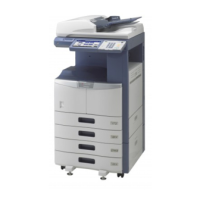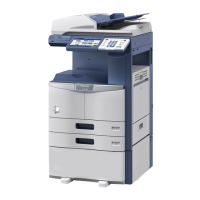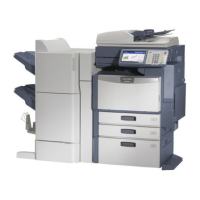R
Robert CoxAug 2, 2025
What to do if my Toshiba All in One Printer does not start?
- NNicole Francis DDSAug 2, 2025
Make sure the power cord is fully inserted. Also, ensure that the cover is properly closed.

What to do if my Toshiba All in One Printer does not start?
Make sure the power cord is fully inserted. Also, ensure that the cover is properly closed.
| Print Speed (Black) | 45 ppm |
|---|---|
| Scan Resolution | 600 x 600 dpi |
| Duplex Printing | Yes |
| Color Scanning | Yes |
| Functions | Copier, Printer, Scanner |
| Monthly Duty Cycle | 150000 pages |
| Original Size | A3 |
| Max Media Size | A3 |
| Supported Media Type | Plain, Recycled |
| Hard Drive | 40 GB |
| Interface | Ethernet |
| Copy Speed | 45 cpm |
| Copy Resolution | 600 x 600 dpi |
| Network Connectivity | Ethernet |
| Operating System Compatibility | Windows |
| Scanner Type | Flatbed |











